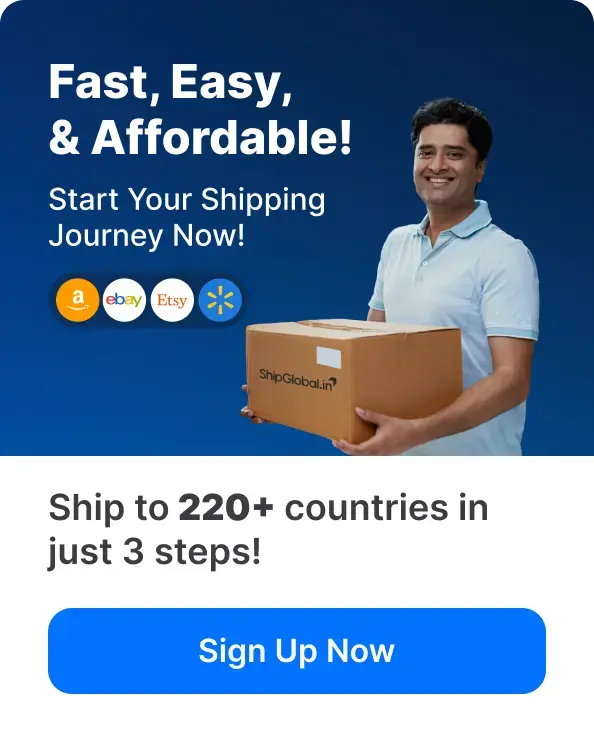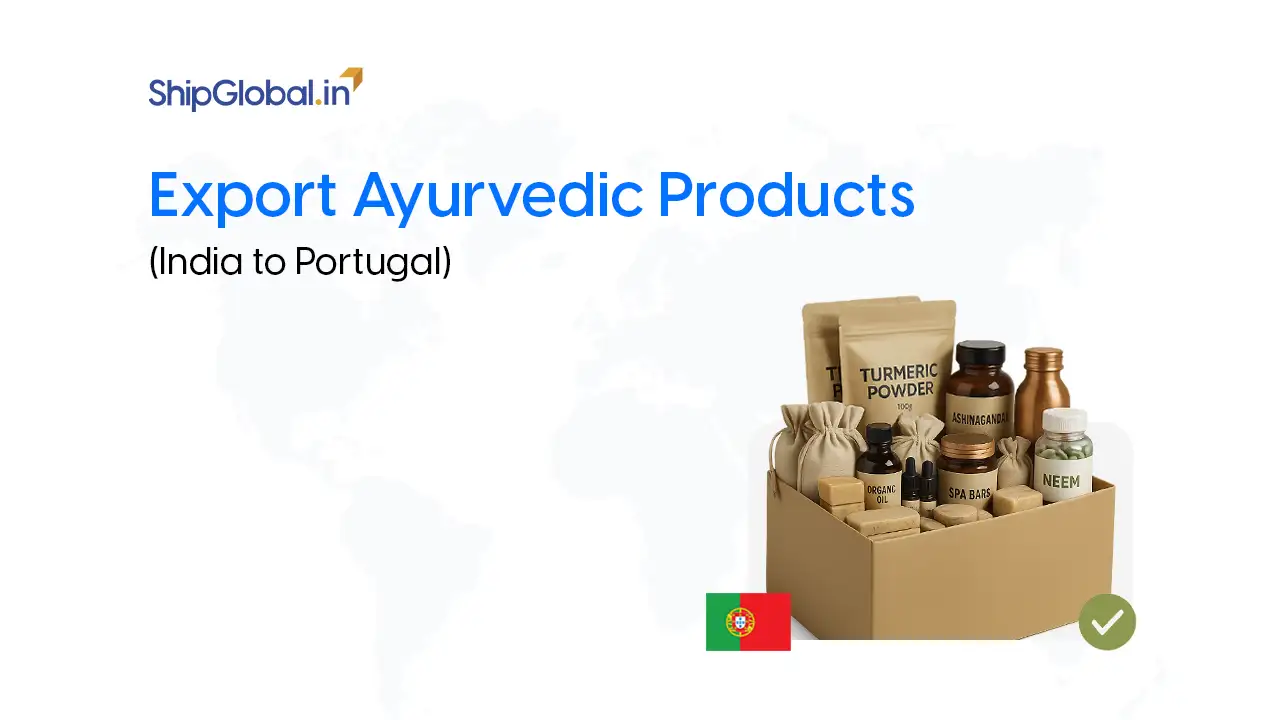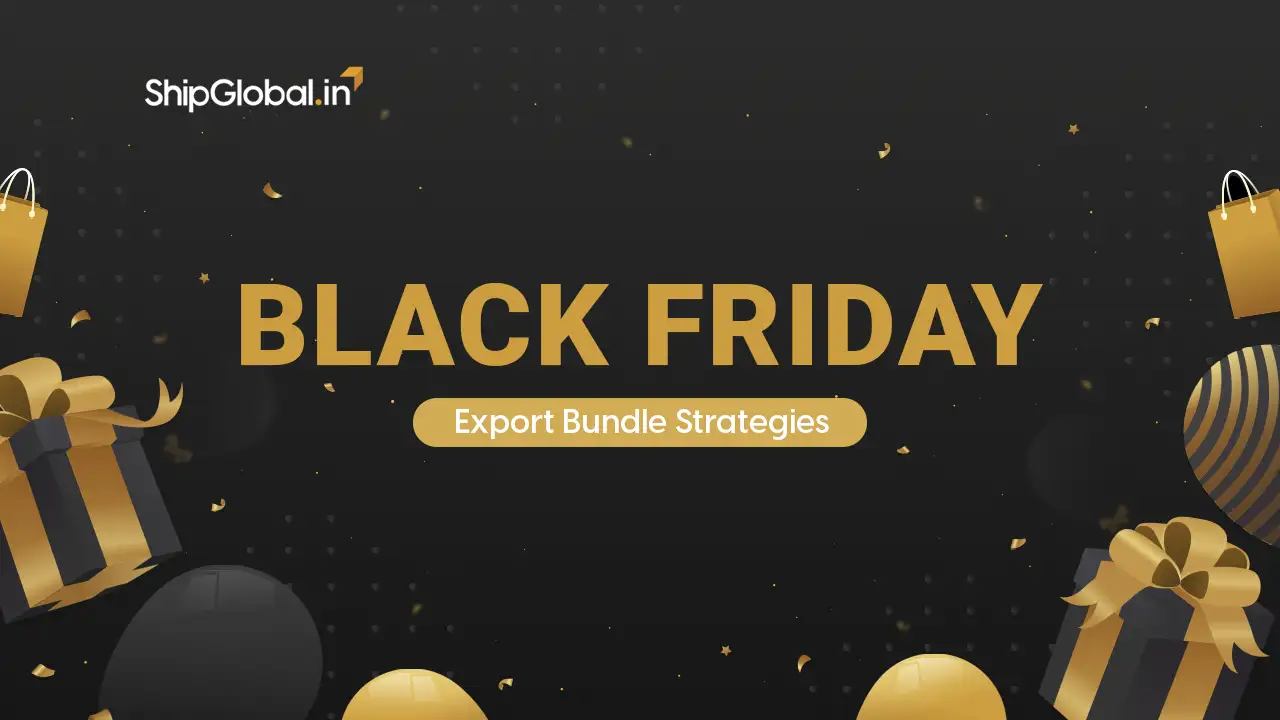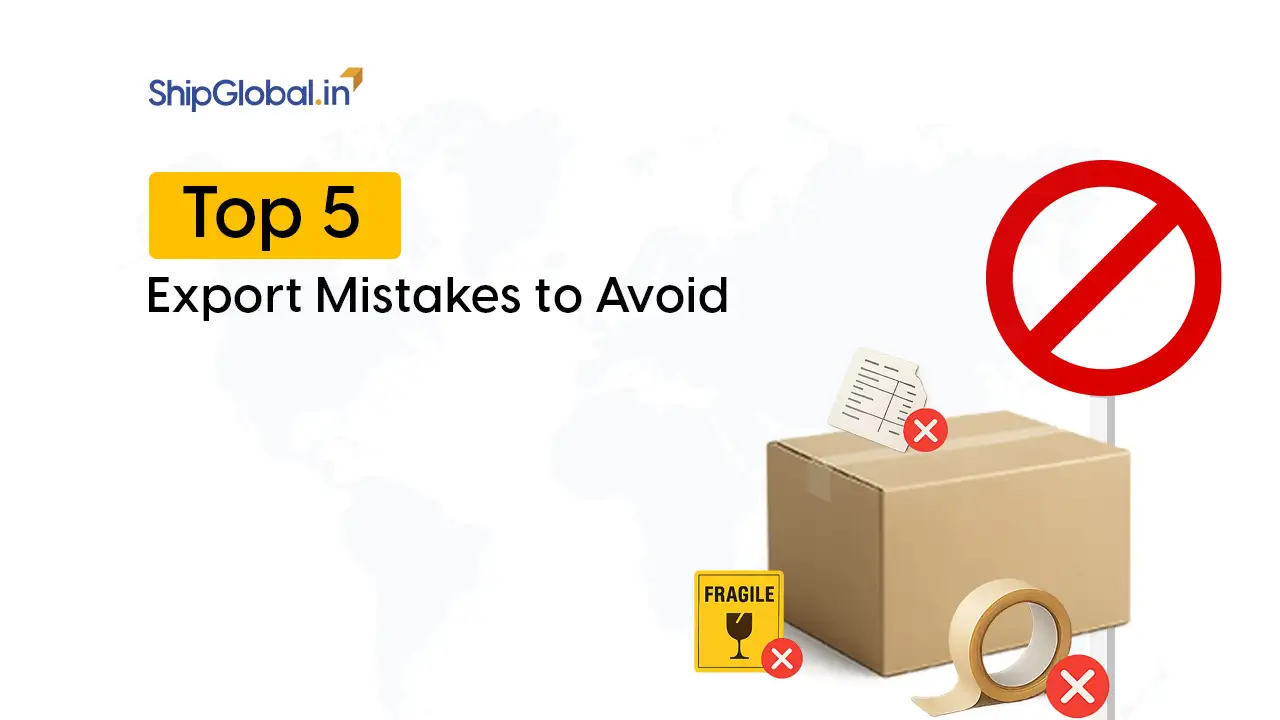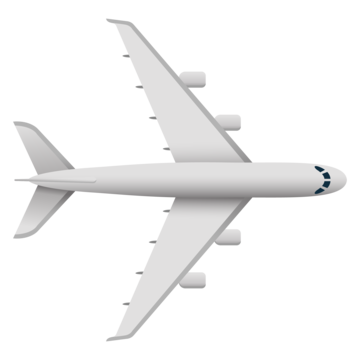Europe is quickly becoming one of the most attractive destinations for global e-commerce. For Indian exporters, it offers a double advantage:
- Access to mature economies like Germany, France, and the UK, where online shopping is already deeply ingrained.
- Entry into fast-growing regions such as Eastern and Southern Europe, where e-commerce adoption is rising rapidly.
But success in Europe doesn’t come from simply listing products online. Every country has its buyer behavior, preferred payment methods, and dominant marketplaces. Add VAT, tariffs, and strict compliance requirements, and the need for a well-thought-out strategy becomes obvious.
The good news? With the right approach, and the right logistics partner, Europe can become one of the most rewarding growth opportunities for Indian sellers.
The Scale of the Opportunity
- Massive online population: 94% of Europeans aged 16–74 are online.
- High e-commerce penetration: 72% average across the continent, with the Netherlands already above 90%.
- Fast growth regions: Eastern and Southern Europe have grown more than 15% since 2022.
- Beyond Amazon: While Amazon is strong, 67% of Europeans shop outside it, turning to local and niche marketplaces.
- Demand for Indian strengths: Fashion, textiles, home décor, electronics, and sustainable products from India match European consumer demand.

Where Europeans Shop
Amazon is important, but it’s not the whole picture.
- Amazon: Holds about 32% of marketplace traffic.
- Other 68%: Spread across regional and category-focused platforms like eBay, Zalando, Bol, Allegro, OTTO, Cdiscount, TikTok Shop, and eMAG.
- Multi-platform journeys: Shoppers typically browse two to three marketplaces before purchasing.
- Regional leaders:
- Bol dominates in the Netherlands and Belgium.
- Allegro is Poland’s market leader, with minimal Amazon penetration.
- Zalando leads in fashion across Germany, Italy, and beyond.
- eMAG is expanding fast in Romania, Hungary, and Bulgaria.
- Bol dominates in the Netherlands and Belgium.
Export Expert: Multi-channel selling is essential for visibility and growth.
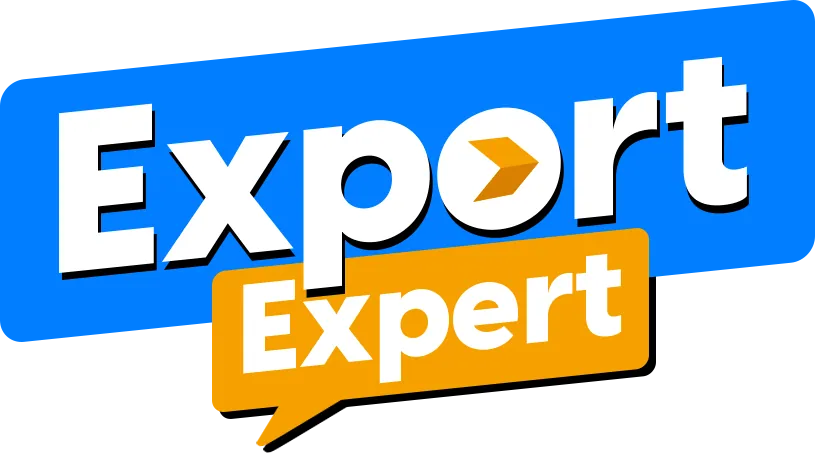
Multi-channel selling is essential for visibility and growth.
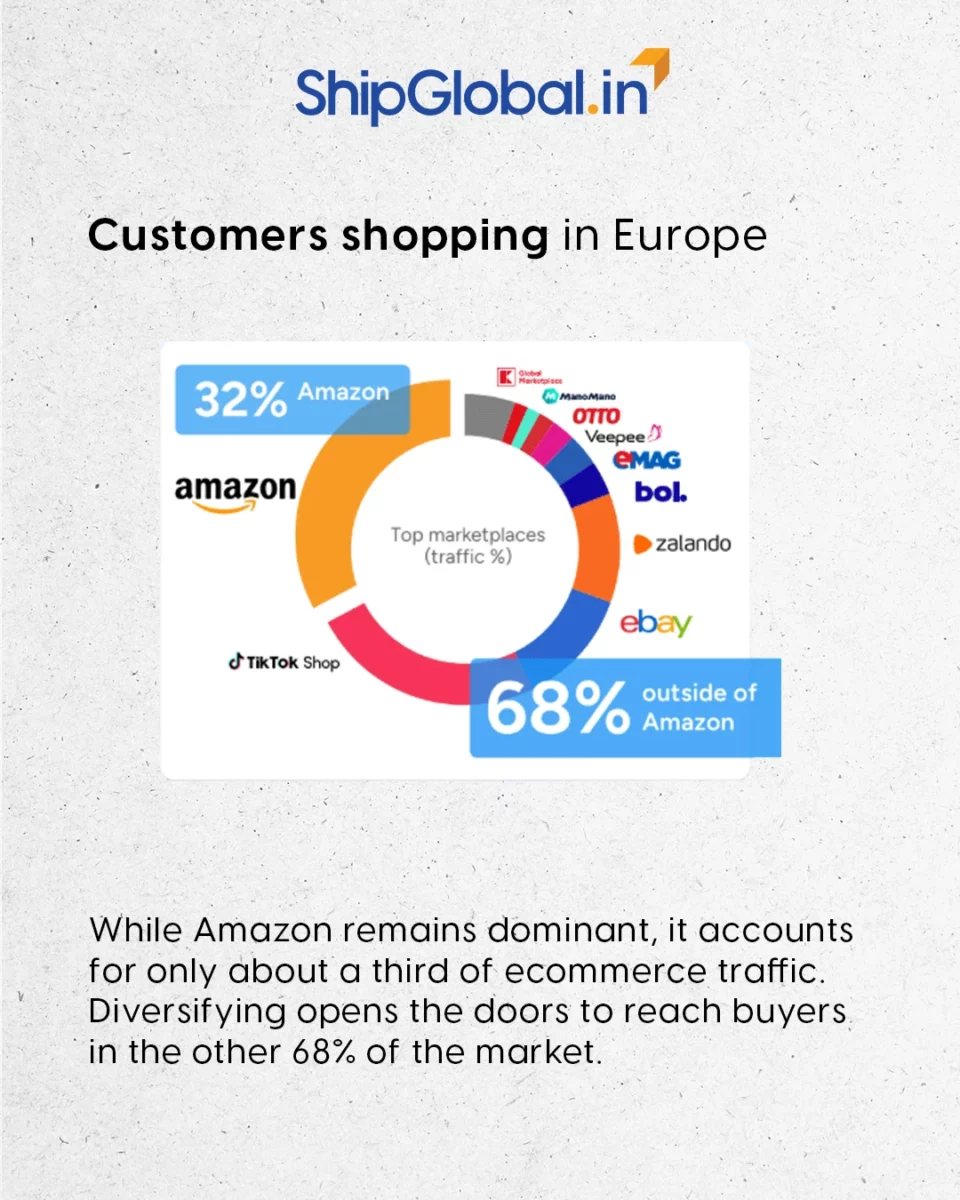
Regional Differences You Can’t Ignore
Each region of Europe has unique buyer expectations:
- Germany/DACH: Quality and sustainability are valued. OTTO is highly trusted.
- France: Platforms like Cdiscount and La Redoute dominate; installment payments are common.
- UK: Strong online spending, with card and PayPal payments leading.
- Benelux: Price-conscious buyers use Bol and prefer iDEAL for payments.
- Southern Europe: Fashion and electronics are growing fast; cash-on-delivery is still used.
- Eastern Europe: Allegro and eMAG lead; growth is outpacing Western Europe.
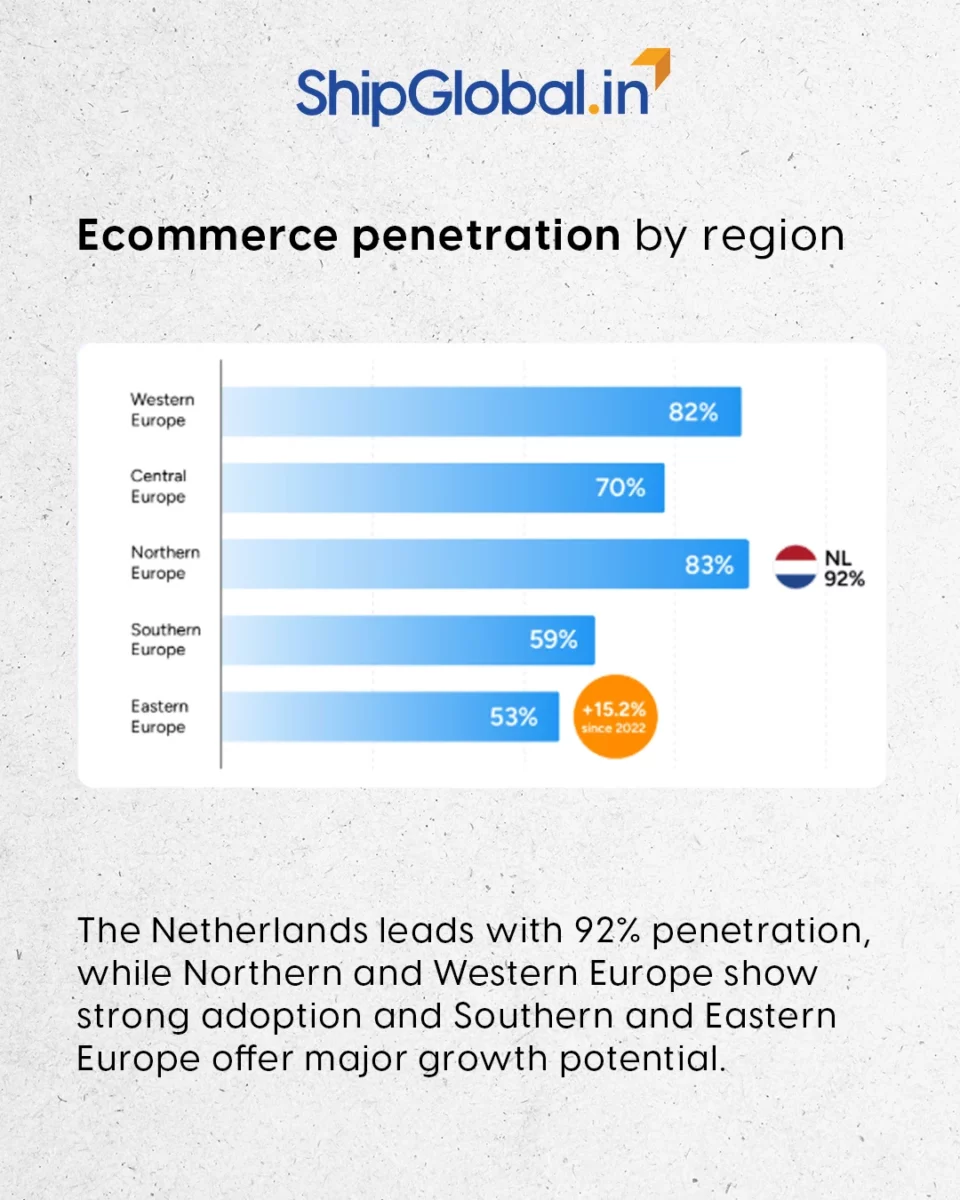
Winning Strategies for Indian Exporters
To succeed, Indian sellers need a mix of reach, localization, and operational efficiency. Here’s how:
- Enter Growth Markets Early
- Countries like Poland, Romania, and Hungary are less saturated.
- Early movers enjoy higher visibility and long-term brand recognition.
- Countries like Poland, Romania, and Hungary are less saturated.
- Leverage Local Heroes
- Bol in the Netherlands and Allegro in Poland outperform Amazon locally.
- Being present on these platforms builds trust faster than competing on Amazon alone.
- Bol in the Netherlands and Allegro in Poland outperform Amazon locally.
- Use Marketplace Loyalty Programs
- Programs like Bol Select, Allegro Smart, and Amazon Prime improve visibility.
- Products under these programs enjoy higher purchase frequency and buyer trust.
- Programs like Bol Select, Allegro Smart, and Amazon Prime improve visibility.
- Balance Margins and Volume
- List premium items on invitation-only platforms like La Redoute or Wehkamp for better margins.
- Use high-volume channels like Amazon and eBay to maintain sales momentum.
- List premium items on invitation-only platforms like La Redoute or Wehkamp for better margins.
- Focus on Fulfillment Speed
- Marketplaces reward sellers who deliver quickly and reliably.
- Partnering with experts ensures you meet European delivery expectations.
- Marketplaces reward sellers who deliver quickly and reliably.
- Adapt to Local Preferences
- Translate listings into local languages.
- Offer region-specific payment options.
- Align packaging, returns, and policies with local norms.
- Translate listings into local languages.
How ShipGlobal Helps Indian Exporters
Expanding into Europe means navigating VAT rules, customs clearance, returns, and multiple shipping partners. ShipGlobal simplifies this journey by offering:
- Cross-border logistics: Direct shipping from India to Europe’s major hubs.
- Customs compliance: Expertise in EU VAT, duties, and clearance.
- Returns support: Smooth reverse logistics, critical for customer satisfaction.
- Warehousing & delivery optimization: Faster fulfillment across regions.
- End-to-end visibility: Shipment tracking for better control.
- Cost-effective solutions: Tailored shipping plans for businesses of all sizes.
With ShipGlobal managing logistics and compliance, Indian sellers can focus on scaling their business and winning customers.
Key Takeaways
For Indian exporters, Europe represents one of the world’s most promising e-commerce opportunities. To succeed, you must:
- Sell across multiple marketplaces, not just Amazon.
- Tailor strategies to each region’s buyer preferences.
- Deliver quickly and reliably to meet marketplace standards.
- Stay compliant with EU VAT and customs regulations.
- Partner with an experienced logistics provider to simplify fulfillment.
Conclusion
Europe is too significant a market for Indian exporters to overlook. The region combines size, diversity, and long-term potential like few others. Success, however, requires more than simply listing products, it demands the right mix of marketplaces, localized strategies, and seamless logistics.
With ShipGlobal as a trusted partner, Indian brands gain not only logistics support but also a strategic ally. From compliance to fulfillment, ShipGlobal empowers exporters to scale confidently, compete with European sellers, and build a sustainable presence in one of the world’s most competitive markets.
The time is now. Indian businesses that act early, think local, and partner smartly will be the ones to win big in Europe’s e-commerce landscape.


